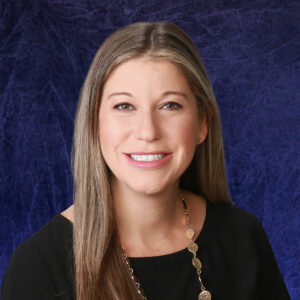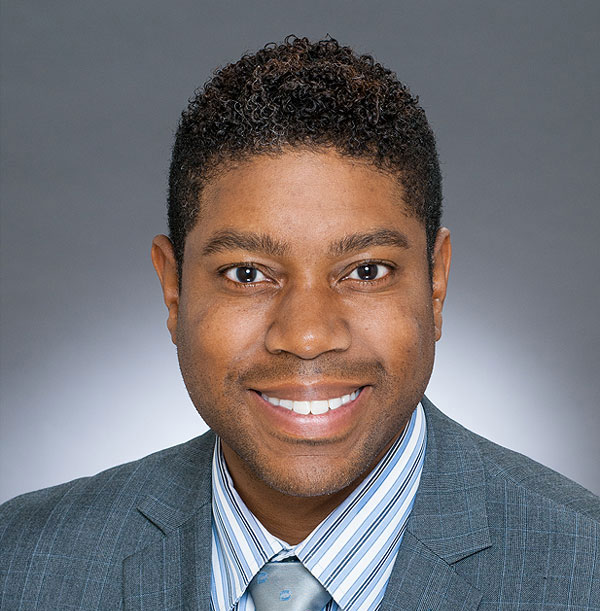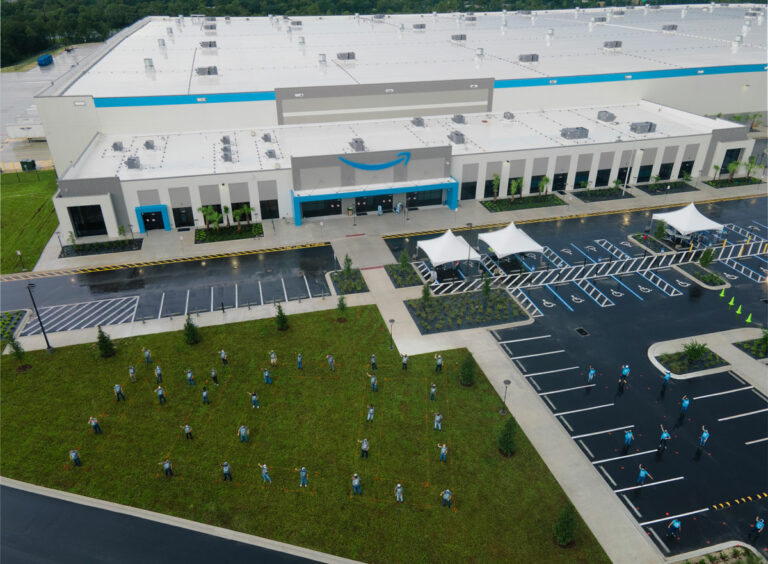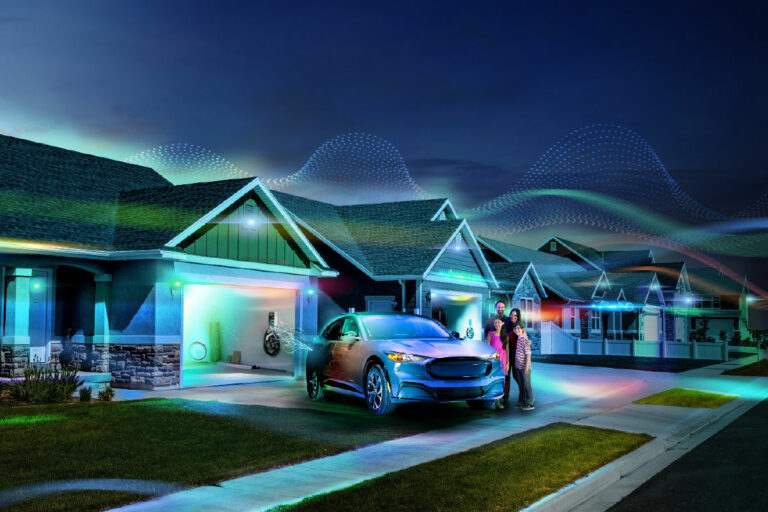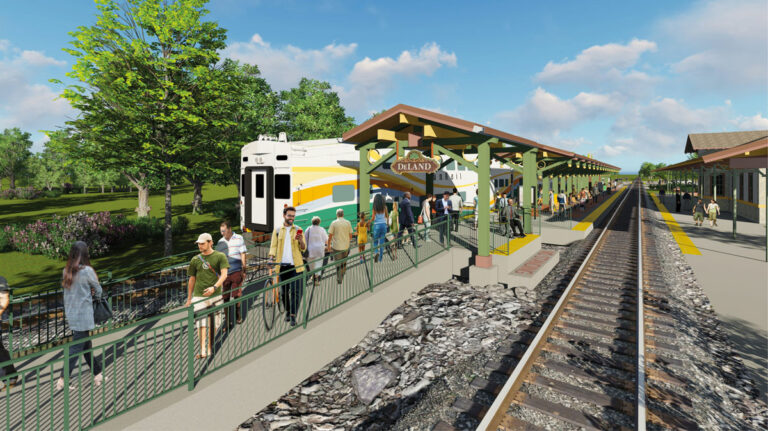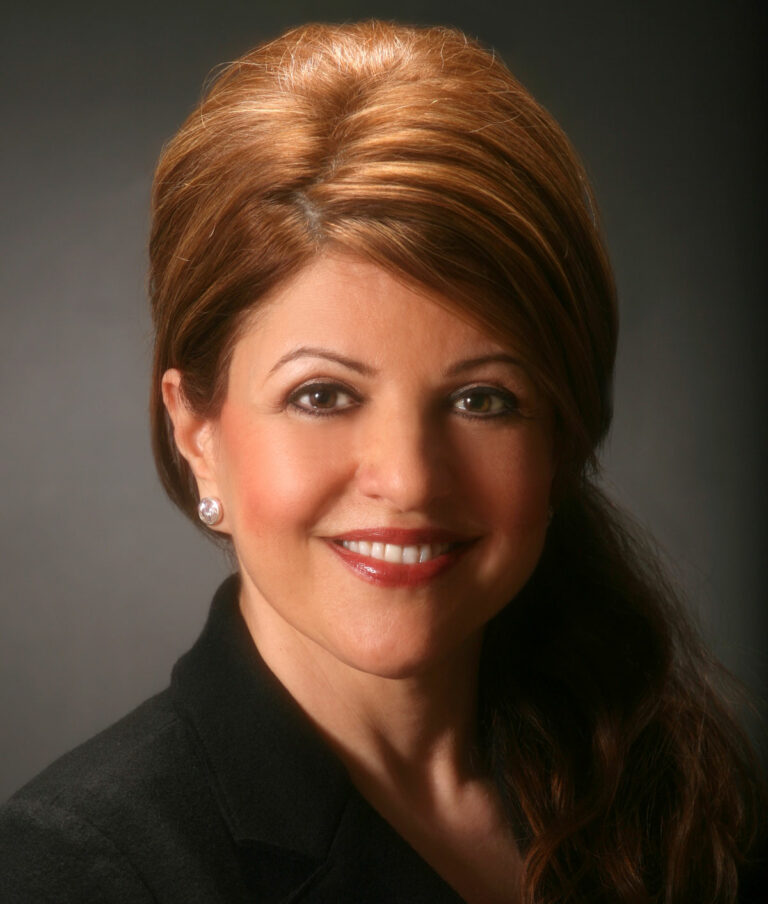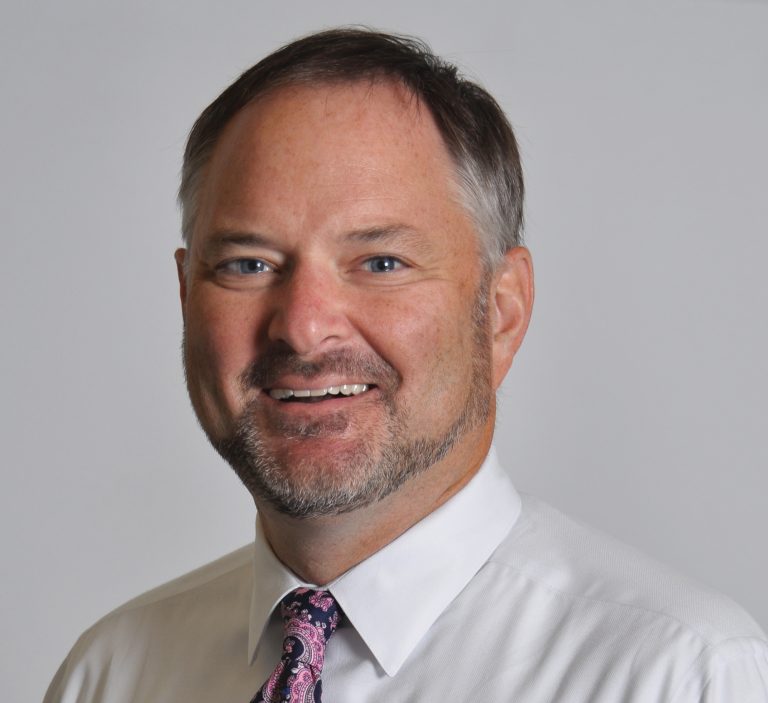Charting New Frontiers, Space Transportation in Focus at Embry-Riddle

The global space economy revenue is expected to exceed 400 billion dollars in 2023, with segments ranging from TV, radio and broadband services to satellite and earth observation services. And where the government was previously the primary player in space efforts, commercial and private entities are rapidly growing, increasing access to the field.
“Companies now see value in going to space,” said Jim Gregory, Ph.D., dean of engineering at Embry-Riddle Aeronautical University’s Daytona Beach campus. “And I think that’s why all of this is now exploding, because the access to space, the cost of access to space is coming down, so it’s getting to be more affordable for companies to deploy systems in space that serve us here on Earth and make life better on Earth.”
As these business sectors continue to grow, so does the need for qualified experts. Through 2024, the Bureau of Labor Statistics anticipates 8,600 new jobs for astronomers, space scientists and physicists and 44,400 openings for aerospace engineering, operations and other technicians.
And many of those careers start with a degree in engineering from schools like Embry-Riddle. All these fields are essential for critical safety systems in the space industry, from designing systems to electrical engineering to writing and validating software.

“All engineering disciplines have a connection to space. What engineers are all about is designing and creating things,” said Gregory. “And so, the engineers working for space companies are analyzing to ensure that what they come up with will launch safely and accomplish the mission of getting people or payload to orbit, for example.”
These days, space is so much more than sending astronauts to orbit. Space transportation now includes crewed missions, including both NASA and space tourism through companies like Virgin Galactic and Blue Origin, as well as shipping cargo and lunar payloads.
“All of us use space daily, whether we realize it or not. The GPS on our cell phones is figuring out our location based on signals from satellites in space. And the time on our cellphones is synchronized with the clocks on these satellites,” said Gregory. “SpaceX is building the Starlink system, which is internet from satellites, giving internet connectivity to people no matter where they are in the world. So, it’ll connect the globe like we’ve never seen before. These are just a few examples of how space benefits us here on Earth and why companies can see significant ways to make money.”
Hundreds of students graduate each year from Embry-Riddle’s space degree programs and pursue various professions at companies including SpaceX, Virgin Galactic, United Launch Alliance, NASA and the Department of Defense.
Embry-Riddle alumnus Stephen Altemus is the co-founder, President and CEO of Intuitive Machines, a diversified space company focused on space exploration. Embry-Riddle students are currently working on a first-of-its-kind project with the company. Dubbed Eagle Cam, the student-designed and built payload will travel on Intuitive Machine’s Nova-C Lunar Lander later this year to capture images of the lander’s touchdown on the moon.
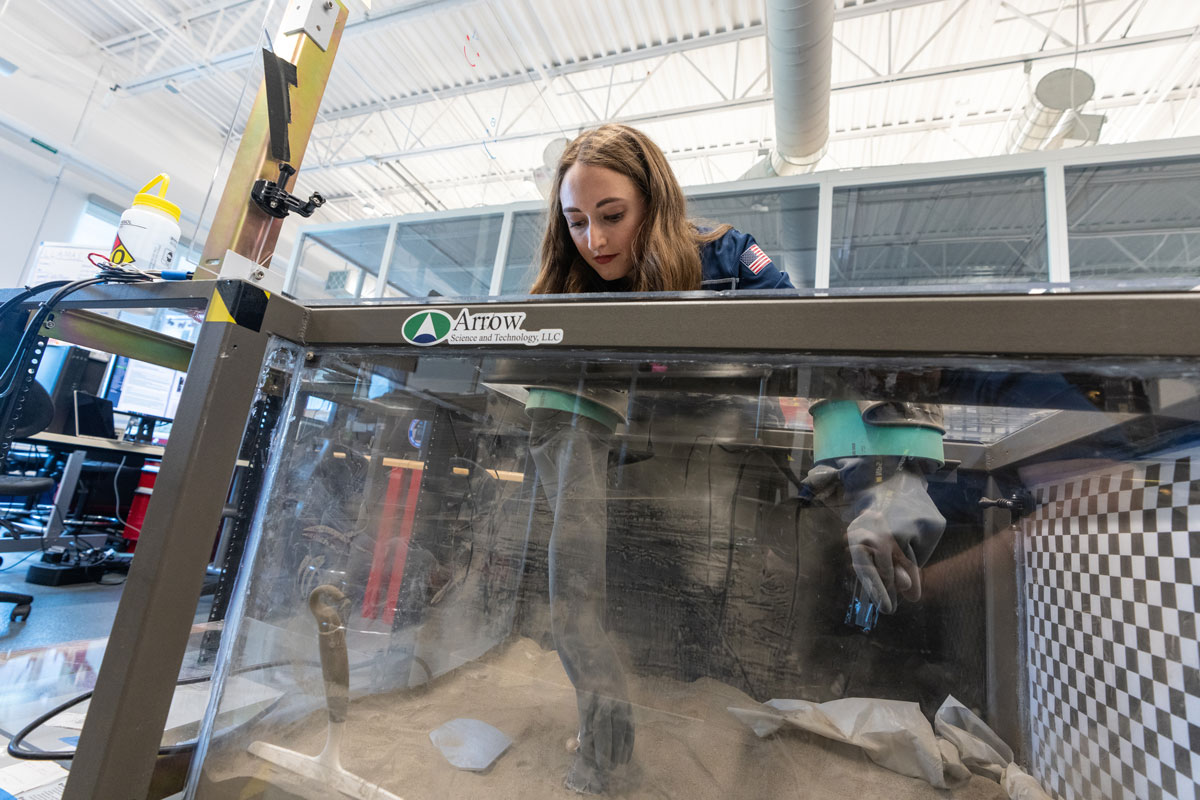
“It will be the first American-built space hardware on the moon since the Apollo era. And there’s also some important scientific and engineering value from the images,” said Gregory. “And we hope to inspire the next generation, too. It’s a really cool project where the students were very excited to work on developing space hardware.”
Jared Isaacman, also an Embry-Riddle graduate, funded and commanded the 2021 Inspiration4 mission aboard the SpaceX Dragon, the first all-civilian mission to space. In February 2022, Isaacman announced an additional three missions planned with SpaceX called the Polaris Program. The first mission, Polaris Dawn, will allow for science and research experiments and test Starlink’s communications laser.
The university also offers programs focused on aeronautics, aviation and unmanned systems, preparing students for transportation-focused career opportunities in various other fields, including work with drones and urban air mobility.
“The industry is changing as I’ve never seen it before, and it’s really exciting,” said Gregory. “Access to space, urban air mobility, drones—all of these things are new and exciting in how they’ll make lives better for people. There is a tremendous opportunity for the next generation, and we’re really excited for the students coming in to see what they can do to make a difference.”
